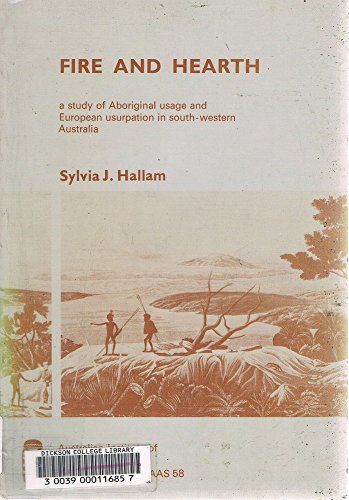What do you think?
Rate this book


158 pages, Paperback
First published January 1, 1975
I've now read several books on Aboriginal land management in Australia, and Hallam's stands out for combining breadth and concision. Compared to The Biggest Estate on Earth: How Aborigines Made Australia, it is clear, comprehensible and remarkably wide-ranging. Gammage never considers the spiritual side of Aboriginal land management, nor is he particularly good on the archaeological evidence. Hallam is strong on both, as well as drawing effectively on early European accounts of the landscape as Gammage does.
If there was one weakness to the book, it was that Hallam is not a vivid nature writer. This is a difficult problem to overcome in a scientific history, because scientific detail inevitably makes the description less vivid—unless, perhaps you're a professional scientist who can visualise it easily.
Perhaps, though, it is unfair to expect a twentieth-century author to describe eighteenth-century Australia vividly. One terribly sad fact of our history is that it is simultaneously so short and so long. We are keenly aware of how much has been lost in the last 200 years, because there was so much to lose and it was lost so recently. Especially around Perth and the other major cities, few eighteenth-century landscapes remain. Even outside the cities, industrial agriculture, introduced species and the disruption of Aboriginal land management means that eighteenth-century landscapes are still comparatively rare. The average German or Chinese has not witnessed such stark transformations. Their nations have had intensive cereal agriculture and urban life for thousands of years, and the links to the old ways are far more tenuous than in Australia, where the scars of colonisation are visible everywhere.
This was a fine study, and clearly pathbreaking in its time. It is great to see it reissued. Hopefully it finds a new and even more receptive readership today.